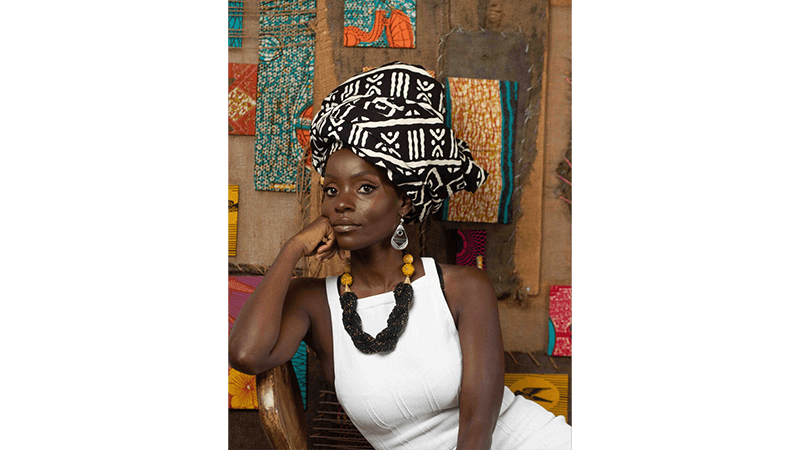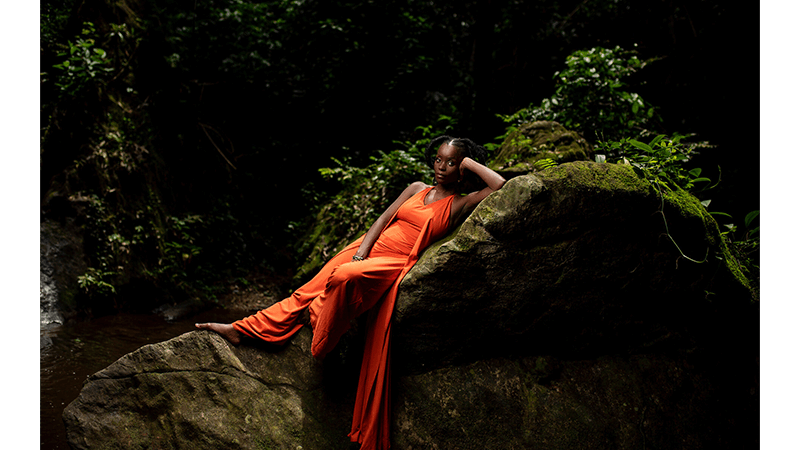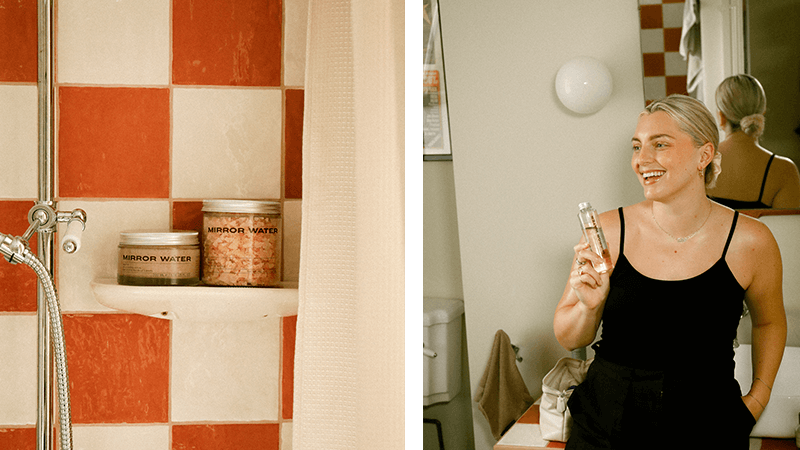Spectrums Of Beauty: From Akan To The West
I was born in Germany. My mother was born in Ghana. I often wondered if our different ways of inhabiting our bodies stemmed from this accident of geography. Though our bodies held the same blood, she moved through the world as if it had been made for her. She expanded into it, loved every curve and crease of her body.
I, on the other hand, tried at every turn to make myself smaller, to fit in with the other girls at my schools in the West who starved, or binged, or puked, or hid. Like so many around me, I used food as an instrument of control and regulation. It was only later, as I spent more and more time in Ghana, that I began to realise that the relative nonchalance towards the body was not just my mother’s, but my country’s. There was a fullness somewhere, deep in its depths, I did not yet have access to. I tried in different ways, mostly in my study of art history, to find the essence of the attitude to beauty that was so different from the one I had grown up with.
Until recently, our culture and art were still termed ‘primitive’; books, articles and catalogues were full of hidden judgement on how we as a people did not appreciate beauty for beauty’s sake, but rather that beauty (and its appreciation) was always tied to something symbolic, or to function.

As I delved deeper into art history – particularly that of my community, the Akan in Ghana – I did find that, historically, every line and curve held meaning. There were philosophies of colour that ranged in depth from the spiritual to the material; scarifications and hairstyles were semiotic; and even cloth, such as kente, adinkra and waxprint, could speak to those who knew how to read them. This way of seeing meant there was less emphasis on how one looked externally than in the West, and more on what one’s essence communicated – including a sense of abundance.
Obviously, these binaries and ways of seeing are not as clear-cut as I make them here, with one seeping into and living alongside the other – such as my mother’s self-pride co-existing with her colonial-tinged dismissal of our natural hair and darker skin. What it did show me was that different attitudes to beauty could co-exist; that one context could ask of me to be as skinny as could be, and another that I exude abundance and curvaceous wellness. It also showed me that that this cultural relativity meant that no one way was true or ontological, and that within that spectrum of truth, I was free to choose what beauty meant to me.
Nana Oforiatta Ayim is a writer, filmmaker and art historian based in Accra




